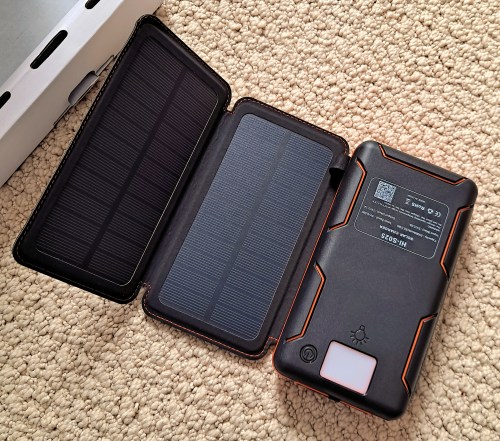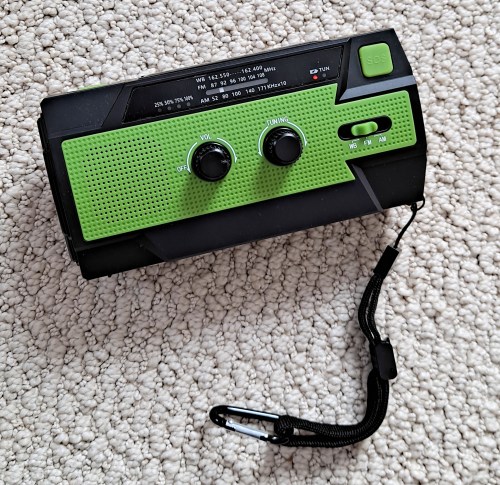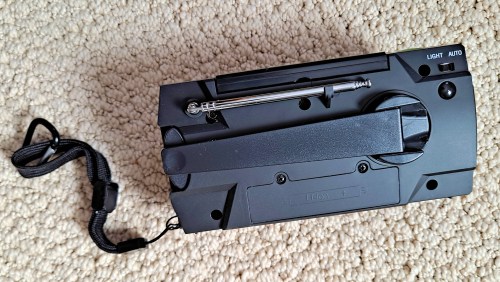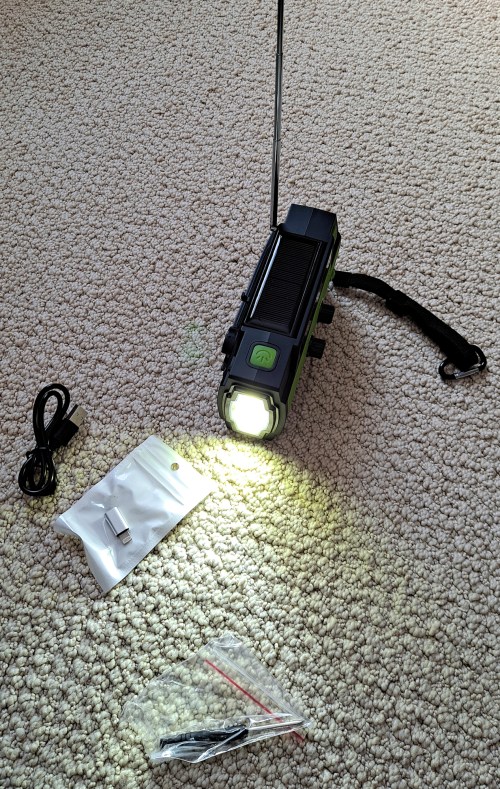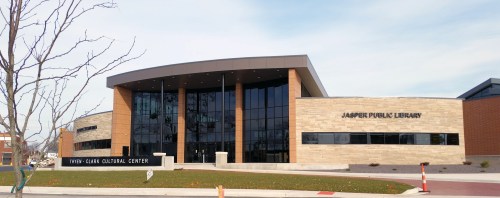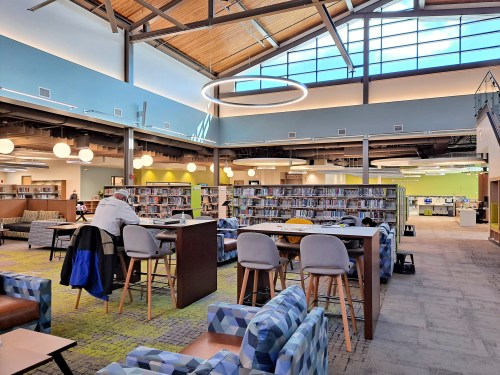
It’s no great secret to anyone who knows me that I read…a lot! But I also spend a lot of time in the studio. I listen to the radio, mostly NPR or music. Play some favorite CDs. Yes, I’m of that age.
But one of my favorite things to do is to listen to recorded books. And my particular favorites are biographies or tales of heroic deeds or periods of history.
We don’t have the high speed internet to listen to podcasts, and audio books take awhile to download. But we are blessed with a fabulous library with an extensive recorded book collection.
Listening to these recorded books doesn’t seem to interfere with my painting. However, I often recall the book that I was listening to as I painted a particular painting.
I got into the habit of listening to recorded books when I had a fifty mile commute. Also, they are very enjoyable while driving on vacation. Although once the family was enjoying the audio version of The Green Mile when we discovered that I’d only taken out the first volume. Very disappointing.
So, these are a few of my favorite recorded books for the past year, mostly biographies or historical. I listen to fiction as well but this is the short list. And I don’t hesitate to stop listening to a recorded book if I don’t like it. Life is short and there are just too many other choices.
The boys in the boat [sound recording] : nine Americans and their epic quest for gold at the 1936 Olympics (2013) By Brown, Daniel, 1951- I found this true story of a bunch of working class and farmer’s kids who competed in the rowing competition in the 1936 German Olympics fascinating. They didn’t know anything about rowing and were one of the least-likely teams to reach this status and to go on to represent the United States. From the University of Washington, to winning the national competition, to Germany and back home to pre-war America, this is a story you’ll not forget soon.
Benjamin Franklin [sound recording] : an American life (2004) By Isaacson, Walter. This twenty-plus set of CDs is a daunting project but worth it. Franklin was so intelligent, industrious, and sociable. His influence on a nation in infancy cannot be overestimated. He lived a very long time which is why the recording is so long.
Steve Jobs [sound recording] (2011) By Isaacson, Walter. I had wanted to read this book for a long time but didn’t have the time or patience to do so. Actually, I really just wanted to know more about what made Steve Jobs tick. Frankly, I didn’t care for him very much by the time I finished the audio but it was interesting to learn about the early days of the digital tidal wave.
Cronkite [sound recording] (2012) By Brinkley, Douglas. Walter Cronkite was a television news staple to those of us who grew up in the 60s and 70s. People trusted him. I was too young to remember when our family first began watching the nightly news but I certainly remember him for many significant moments. News stories dealing with a man landing on the moon, the Vietnam war, civil unrest and so on. As Lyndon Johnson said, “If I’ve lost Cronkite, I’ve lost Middle America.”
Becoming [sound recording] (2018) By Obama, Michelle, 1964- I wasn’t sure how I would like this but it was very refreshing. Read by the author herself, she was pretty open about not wanting to get involved in politics but followed her husband in his dreams. What I really enjoyed was learning about the security details and life behind the scenes in the White House. How does one actually raise a family in this environment? Very commendable.
Educated [sound recording] : a memoir (2018) By Westover, Tara I didn’t really know much about this book but had noticed it on the best seller list for a long time. Written and narrated by the author, it presented a lifestyle that I had never really considered. Very isolated, home-schooled by parents with some “eccentric” beliefs, the author managed to gain an outstanding education eventually. I later watched an interview with Westover. We should expect to hear more from her in the future.
This is just a short list of my favorites and recommendations of recorded books from the past year. If you’re still stuck at home, or if you have some long trips planned, you might wish to check out these options.





